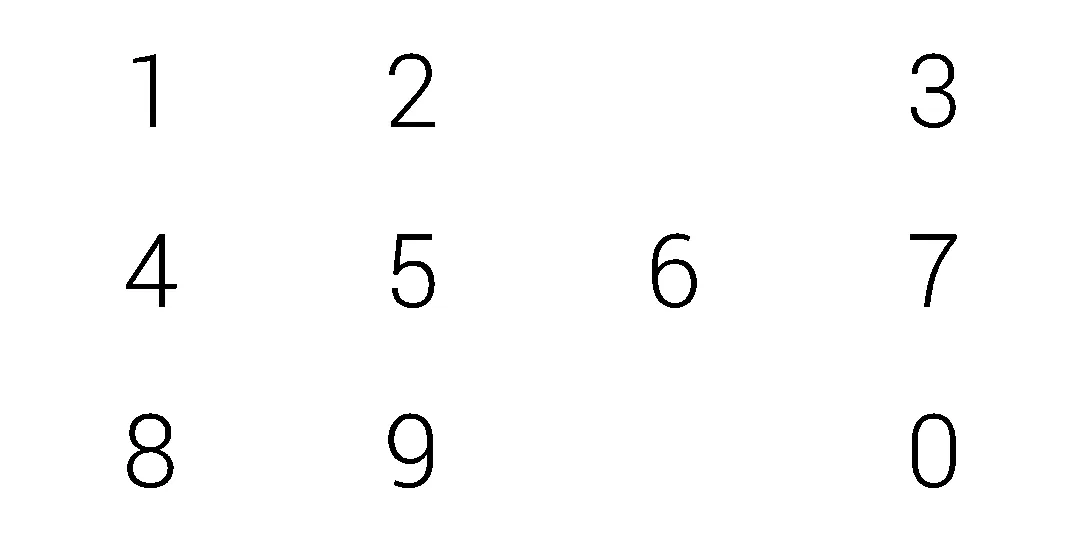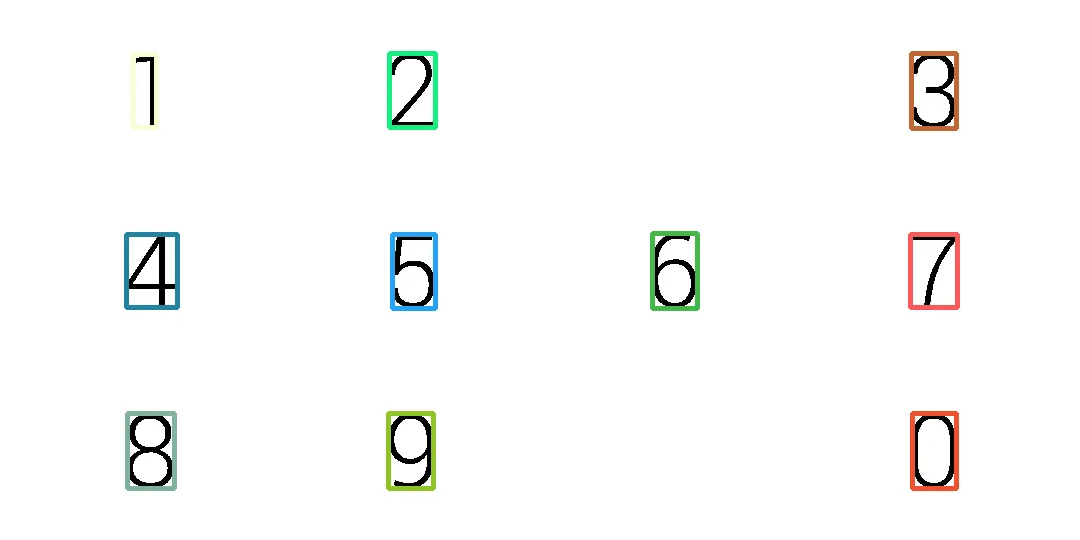我正在尝试创建随机颜色,并根据单个人的边界框的不同颜色进行更改。
COLORS = np.random.randint(0, 255, [1000, 3])
def visualize_detection_results(img_np, active_actors, prob_dict):
score_th = 0.30
action_th = 0.20
# copy the original image first
disp_img = np.copy(img_np)
H, W, C = img_np.shape
#for ii in range(len(active_actors)):
for ii in range(len(active_actors)):
cur_actor = active_actors[ii]
actor_id = cur_actor['actor_id']
cur_act_results = prob_dict[actor_id] if actor_id in prob_dict else []
try:
cur_box, cur_score, cur_class = cur_actor['all_boxes'][-16], cur_actor['all_scores'][0], 1
except IndexError:
continue
if cur_score < score_th:
continue
top, left, bottom, right = cur_box
left = int(W * left)
right = int(W * right)
top = int(H * top)
bottom = int(H * bottom)
conf = cur_score
#label = bbox['class_str']
# label = 'Class_%i' % cur_class
label = obj.OBJECT_STRINGS[cur_class]['name']
message = '%s_%i: %% %.2f' % (label, actor_id,conf)
action_message_list = ["%s:%.3f" % (actres[0][0:7], actres[1]) for actres in cur_act_results if actres[1]>action_th]
# action_message = " ".join(action_message_list)
color = COLORS[actor_id]
print("######",color) # prints[73 0 234]
cv2.rectangle(disp_img, (left,top), (right,bottom), color, 3)
font_size = max(0.5,(right - left)/50.0/float(len(message)))
cv2.rectangle(disp_img, (left, top-int(font_size*40)), (right,top), color, -1)
cv2.putText(disp_img, message, (left, top-12), 0, font_size, (255,255,255)-color, 1)
#action message writing
cv2.rectangle(disp_img, (left, top), (right,top+10*len(action_message_list)), color, -1)
for aa, action_message in enumerate(action_message_list):
offset = aa*10
cv2.putText(disp_img, action_message, (left, top+5+offset), 0, 0.5, (255,255,255)-color, 1)
return disp_img
回溯:
Traceback (most recent call last):
File "detect_actions.py", line 310, in <module>
main()
File "detect_actions.py", line 177, in main
out_img = visualize_detection_results(tracker.frame_history[-16], tracker.active_actors, prob_dict)
File "detect_actions.py", line 240, in visualize_detection_results
cv2.rectangle(disp_img, (left,top), (right,bottom), color, 3)
TypeError: Scalar value for argument 'color' is not numeric
在这种情况下,color数组未被视为数字。我已经在StackOverflow上尝试了一些方法,但它们都没有起作用。我的opencv版本是3.3.0。非常感谢您的建议。谢谢。
color = np.array((np.asscalar(np.int16(color[0])),np.asscalar(np.int16(color[1])),np.asscalar(np.int16(color[2]))))

